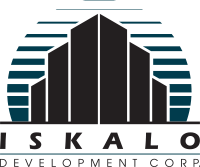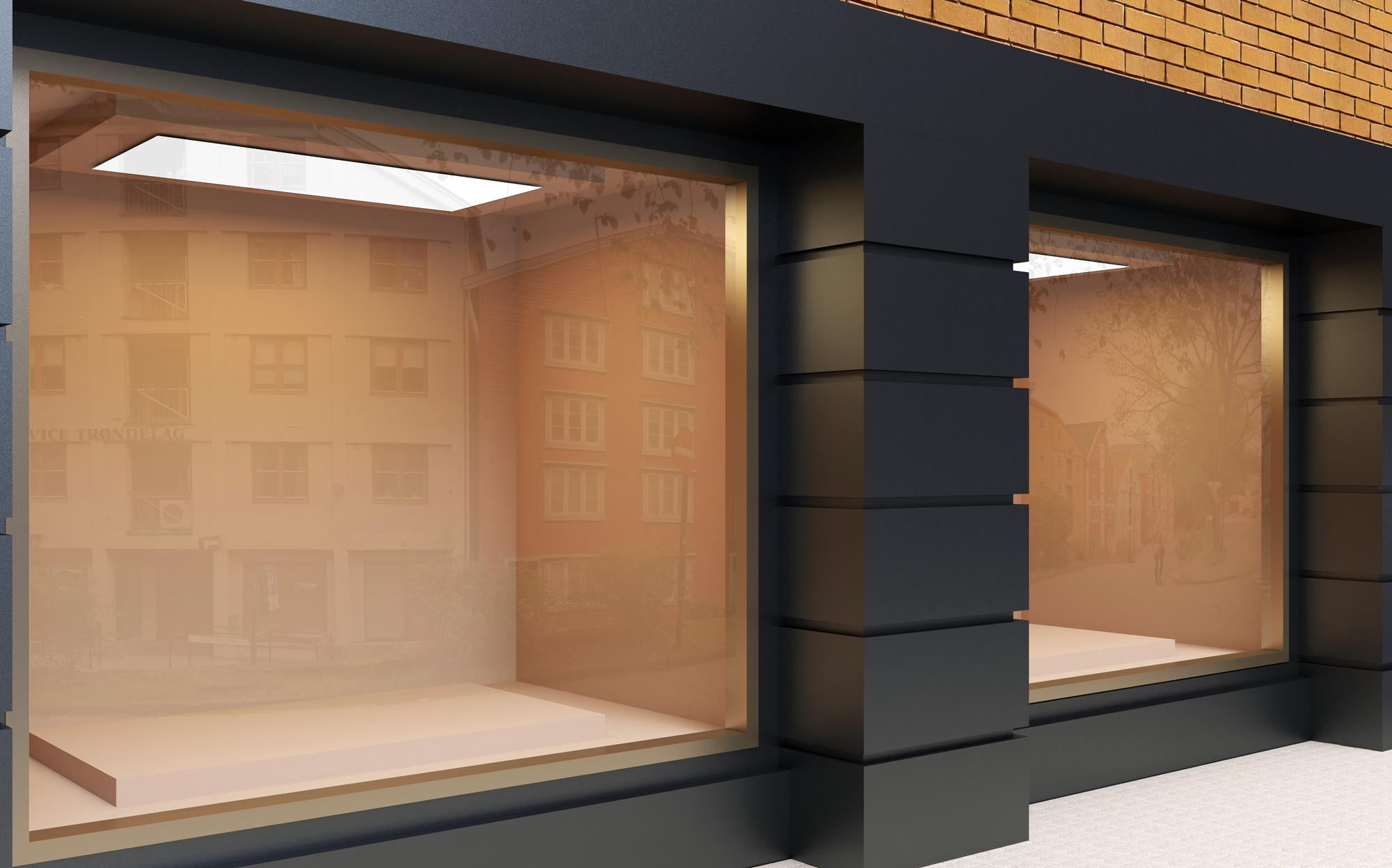When you are interested in seeking a retail property and aren’t sure exactly how to begin the process, you may ask yourself, “What is retail development?” The concept may be a bit daunting, especially if you don’t know too much about what it entails. However, understanding the stages of retail development can help make your business stronger while building your business management skills.
What is Retail Development?
Retail development can be looked at through a cyclical lens. You’ll go through many stages of change alongside your property as your company grows. Just like any trend, the excitement for a product or place has ups and downs as you learn what works for your customers and business. Retail development can be separated into four stages that will help you understand the cyclical nature of your business:
- Entry
- Growth
- Maturity
- Decline
Stage 1: Entry
The first stage of retail development is similar to how most business owners begin their venture into property ownership. The entry, or emerge, stage is when you focus on the market your business will be serving. You work with your team to nail down product categories, services, and brand recognition to help build your business. This is the time for exploration and discovery where you learn more about your business, the property, and yourself as an entrepreneur.
Stage 2: Growth
It may sound cliché, but physical and mental growth is a vital part of the life we live. When you become stagnant, you aren’t learning or engaging with others. The same goes for growing and evolving your business and physical space. This stage is when you have an understanding of your market and you are finding unique ways to attract those in that niche to your space. When you have a good grip on your audience, you can focus on expanding so you do not lose their interest and engagement.
Stage 3: Maturity
This stage is when your retail development is at full capacity and constant customer interaction is happening. You are a recognized establishment in your market reflected by high customer awareness and retail margins. Maturity is when your business has customer consistency and you aren’t adding or losing interest. When you maintain this kind of satisfaction within your business, your confidence grows and so does your brand.
Stage 4: Decline
Like all things in life, what goes up must go down. Unfortunately, this is also the reality of the retail development life cycle. This is the step where you become vulnerable to more agile competitors in your market. This may cause your property to lose customers and interest, leading to more discussion with your team about the next best step. However, it is important to recognize this is normal within the stages of retail development. Once these changes are noticed, jumping right into marketing and strategy revaluation is a must. This will help you circle back to the first stage of the process.

